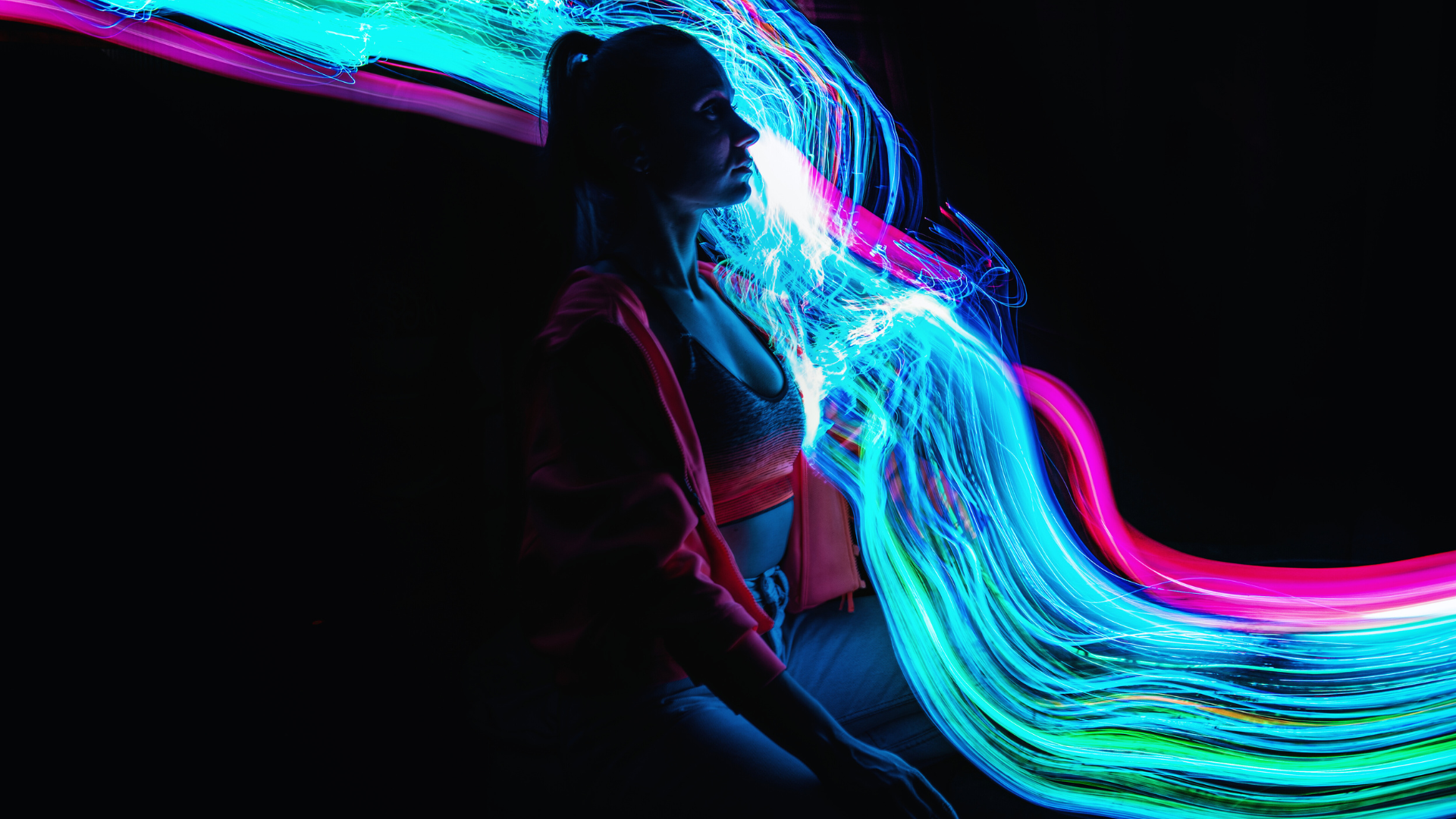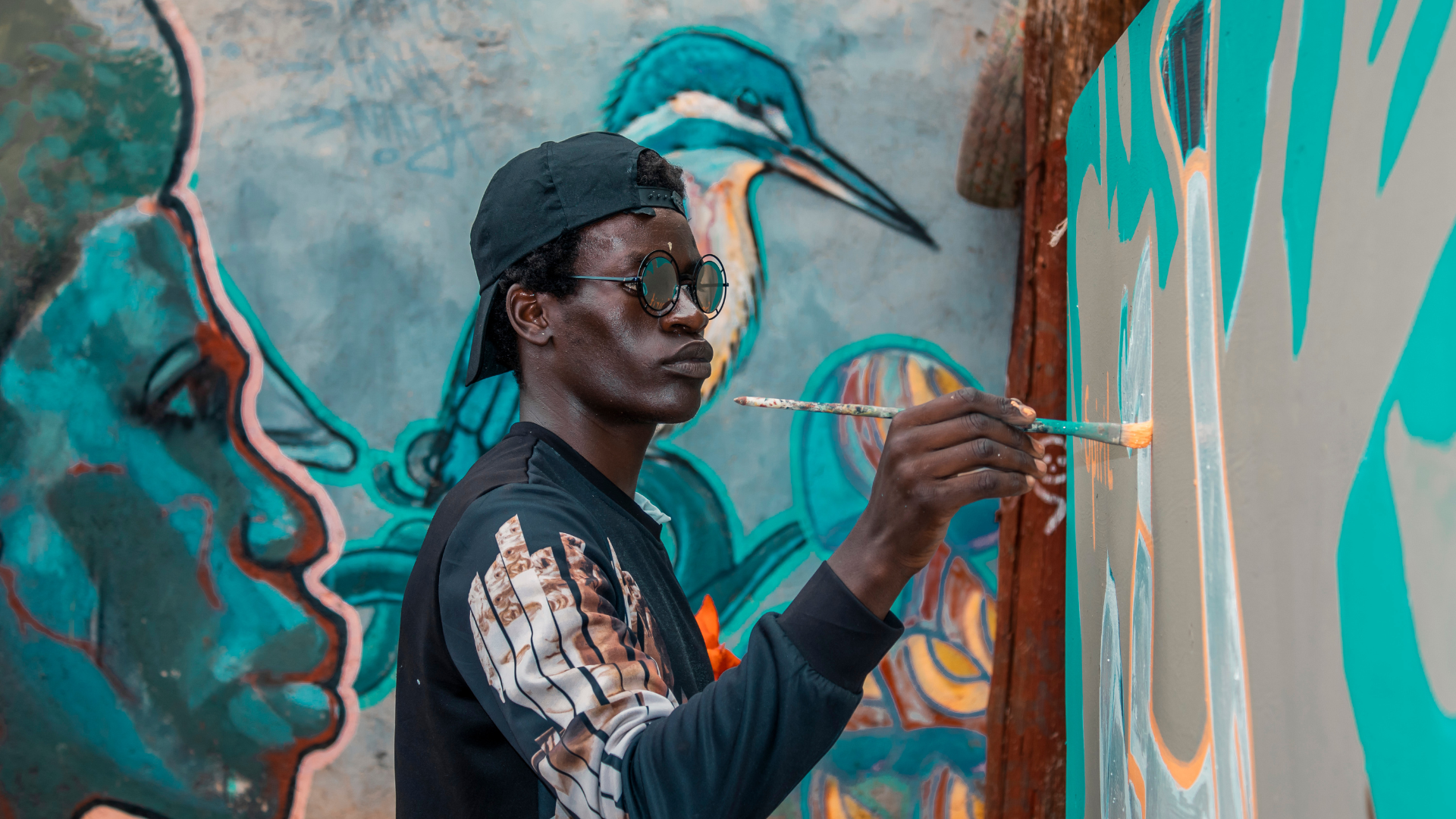The fashion world is currently witnessing a significant transformation driven by technology and societal shifts. Sustainability has emerged as a central theme, with brands increasingly prioritising eco-friendly practices and materials. Alongside this, advancements in artificial intelligence (AI) and augmented reality (AR) are reshaping how consumers engage with fashion, enhancing the online shopping experience and driving e-commerce growth.
The impact of COVID-19 continues to resonate, altering shopping habits and creating a demand for versatile, comfortable clothing that caters to remote lifestyles. As fashion evolves, the integration of digital tools allows for a more immersive experience, bridging the gap between physical and virtual retail spaces. This blend of innovation and responsibility is not just a trend; it is redefining the industry’s future and consumer expectations.
As consumers become more conscious about their choices, the call for transparency and ethical practices is louder than ever. Brands that can effectively navigate these dynamics are poised to lead in an increasingly competitive landscape, making it crucial for stakeholders to adapt and innovate continuously.
The Influence of Technology on Fashion
Technology plays a pivotal role in shaping the contemporary fashion landscape. The introduction of artificial intelligence and immersive technologies like augmented reality and virtual reality has transformed how consumers interact with brands and shop for items.
Artificial Intelligence and Machine Learning
Artificial intelligence (AI) and machine learning are revolutionising the fashion industry by personalising shopping experiences. Algorithms analyse consumer preferences, purchasing habits, and social media trends to recommend products tailored to individual tastes.
Platforms like Lyst utilise AI to track fashion trends and provide real-time data on popular items. This enhances inventory management, allowing brands to optimise their collections based on consumer demand. Predictive analytics aids in identifying emerging trends, ensuring retailers stay ahead.
Retailers can improve customer service through chatbots and virtual assistants, which respond to inquiries in real time. This increases engagement and drives sales by creating a seamless shopping experience.
Augmented Reality and Virtual Reality in Retail
Augmented reality (AR) and virtual reality (VR) enhance the shopping experience by bridging the gap between physical and digital spaces. AR allows customers to try on clothes virtually, enabling them to see how items look without physical wear. Brands like Zara and ASOS are integrating AR features into their apps, allowing users to visualise garments on their bodies. This not only reduces return rates but also boosts consumer confidence in online purchases.
VR creates immersive brand experiences by transporting shoppers to virtual storefronts or fashion shows. This technology provides consumers with an engaging way to explore collections, making the shopping experience more interactive and enjoyable. As technology continues to advance, its impact on fashion will likely grow, shaping trends and consumer behaviours further.
Sustainability and Ethical Practices
Sustainability and ethical practices are increasingly shaping the fashion industry. Brands are prioritising eco-friendly production methods and implementing initiatives that promote ethical standards across their supply chains.
Eco-Friendly Production Trends
The fashion industry is witnessing a shift towards eco-friendly production methods. Brands are adopting sustainable materials such as organic cotton, hemp, and recycled polyester. These materials significantly reduce environmental impact compared to traditional textiles.
Innovations in dyeing processes also contribute to sustainability. Brands are now using waterless dyeing technologies and natural dyes from plants to minimise water usage and chemical waste. Manufacturing techniques are evolving as well. Many companies are investing in renewable energy sources for their facilities and improving energy efficiency to lower their carbon footprints.
Sustainable Brand Initiatives
Several brands have introduced initiatives aimed at promoting sustainability within their operations. For instance, companies like Stella McCartney and Patagonia have commitments to transparency and ethical sourcing practices. Many fashion labels are offering repair and recycling programmes, encouraging customers to extend the lifespan of their garments. This not only reduces waste but also fosters a culture of conscious consumption.
Additionally, brands are increasingly collaborating with non-profit organisations to support social causes and improve labour conditions in developing countries. These initiatives reflect a growing recognition within the industry of the need to balance profit with responsibility, aligning business practices with broader societal values.
Market Trends and Consumer Behaviour
Recent developments in the fashion industry have significantly shifted market dynamics and consumer preferences. Factors such as the ongoing recovery from COVID-19, evolving attitudes towards luxury and high street shopping, and increasing demand for inclusivity and diversity shape current trends.
The Impact of COVID-19 on Fashion
The COVID-19 pandemic disrupted the fashion industry, with many brands experiencing drastic revenue declines. The global market’s forecast period indicates a projected compound annual growth rate (CAGR) of approximately 5.3% from 2021 to 2026 as recovery ensues.
Brands adapted by prioritising online sales channels. Luxury brands, including LVMH and Kering, shifted focus to digital platforms, enhancing user experiences. As consumers increasingly favour online shopping, businesses must invest in e-commerce strategies.
Shifts in Luxury and High Street Shopping
Consumer behaviour has evolved, with both luxury and high street segments adapting to changing preferences. High street retailers faced challenges as shoppers turned to online options, while luxury brands redefined their strategies to analyse market trends more keenly.
Items such as athleisure and sustainable fashion are gaining traction. Shoppers increasingly favour brands that show social responsibility alongside luxury. Striking a balance between exclusivity and accessibility has proven beneficial for retailers.
Rising Importance of Inclusivity and Diversity
Today’s consumers demand more from fashion brands regarding inclusivity and diversity. The portrayal of diverse body types, genders, and ethnicities has become crucial in marketing strategies. Brands that embrace inclusivity can connect with a broader audience effectively.
Efforts towards inclusivity foster brand loyalty, especially among younger demographics. Many consumers seek authenticity, pushing brands to develop diverse product offerings and inclusive campaigns. Companies prioritising these values are likely to excel in the evolving fashion landscape.
Leading Fashion Houses and Brands
The fashion landscape features a blend of established luxury houses and innovative streetwear labels. Each entity plays a crucial role in shaping current trends and consumer preferences.
Notable Luxury Brands and Collaborations
Luxury fashion houses continue to set benchmarks in quality and design. Gucci and Prada remain influential with their signature aesthetics, appealing to a broad market. Louis Vuitton stands out for its iconic monogram and has recently made headlines with several high-profile collaborations, including notable projects with contemporary artists.
Balenciaga and Givenchy have embraced unconventional designs, often pushing societal boundaries through their collections. Brands such as Fendi and Burberry are recognised for their rich heritage, yet modern interpretations of classic styles. Collaborations between luxury brands and streetwear labels have gained traction, showcasing the versatility of these high-end brands.
Influential Streetwear and Sportswear Labels
Streetwear and sportswear are at the forefront of fashion innovation. Adidas and Nike dominate the athletic wear segment, continually redefining activewear with contemporary designs and technology. Off-White, founded by Virgil Abloh, has revolutionised streetwear, known for its unique graphics and cultural commentary.
Brands like Alexander McQueen and Versace offer a more avant-garde approach to streetwear, merging luxury with casual aesthetics. Saint Laurent and Bottega Veneta produce stylish and comfortable lines that resonate with a younger audience. The impact of these labels demonstrates a growing acceptance of casual wear in various fashion circles.







